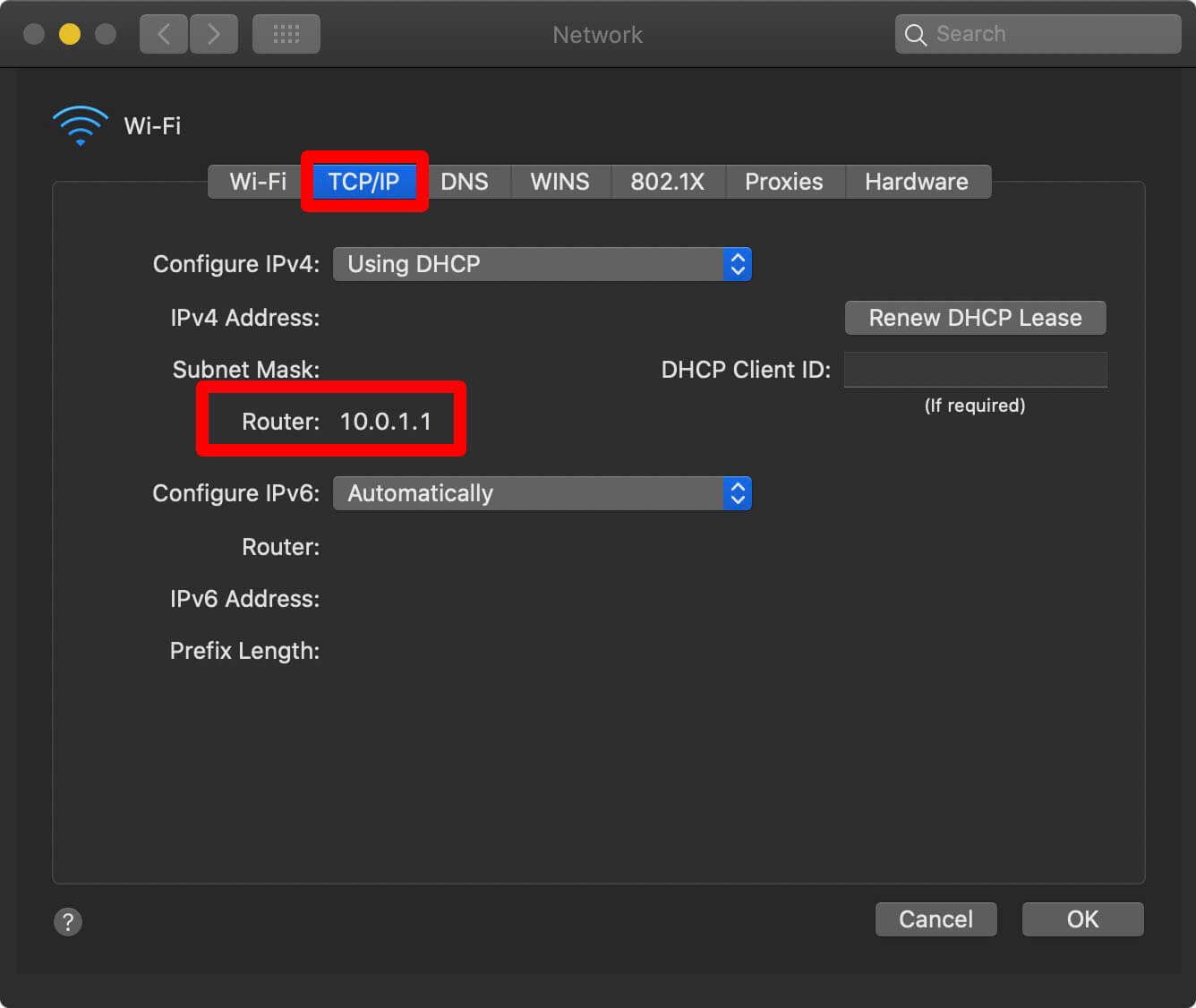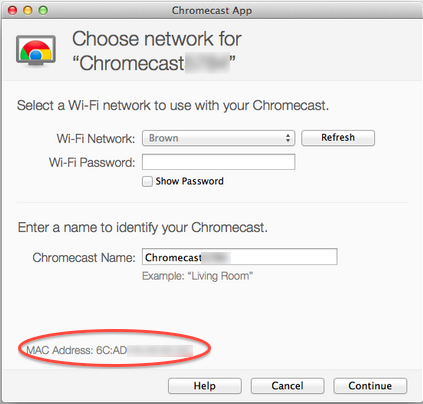

- #How do i see the mac address of my router full
- #How do i see the mac address of my router registration

For example, you can select Wi-Fi or Ethernet, depending on how your computer is connected to the internet. Note: You can also access your network preferences by clicking on the WiFi button in the top-right corner of your screen.
#How do i see the mac address of my router registration
(If this involves the browser, the process isn't seamless - so the mobile service provider may offer an application for authentication)ĥ) Use of MAC addresses as the sole means of authentication is very risky, since MAC addresses can be easily spoofed, so I'm assuming your provider is using the MAC address for the registration / tracking of devices.Ħ) EAP-SIM can be utilized to authenticate using the SIM card in the device.
#How do i see the mac address of my router full
If you have concerns about your router participating in one of those schemes, you should be able to opt I'm not familiar with the service you just described, I'll try to make a few things clear here.ġ) For devices with SIM cards communicating over a GSM network, the device's IMEI number is used.Ģ) For devices with NICs communicating over WiFi networks, the NIC's MAC address is used.ģ) Prior to connecting to a WiFi access point / hotspot, the MAC address generally isn't needed - an exception is MAC filtering, where the MAC address is stored on the access point in advance.Ĥ) With free WiFi hotspots that aren't completely open, one may initially be given limited WiFi access to allow authentication via a 'Captive portal' which prompts for credentials that it authenticates for full internet access. I couldn't find anything about the inner workings of the routers and how, or if, logical separation is performed for things like ARP caches. I had a quick search, but could only find high-level information about how routers that participate in those types of schemes use different channels and encryption on the wireless side for separation. If the router is actively communicating with a client using TCP/IP then, yes, the router will have have cached the client's MAC address. Would the MAC address be written to the router in this case? So in passing the new premises is able to use the routers internet service without performing any further steps in authenticating.

I wonder if the MAC address is written to the router there where the device in the vicinity of the router has pre-authenticated as some other destination to the same SSID but not at the same router. If a Home router supplied by the ISP provide a "FREE" hotspot function, in the UK commonly provided by Virgin Media and BT (for example ) so home users hubs are used as a free hotspot to there where bandwidth is priorities to the home users which are paying for the service. NB - there are lots of projects where people are trying to track wifi devices based on the probes they send out, to the point some wifi clients now send out randomised MAC addresses in the probe frames to combat you for the replies. However, client devices not currently joined to a wifi network often send out wifi probes looking for familiar networks they've joined before and have been configured to remember, so your router will see those probes if any are sent by devices in range, and it will see the MAC addresses contained in the probes, but whether or not it captures/records them depends on the router but it's unlikely. ARP is used to map IP addresses to MAC addresses, so it's quite possible for devices to be connected to the wifi network but not appear in the ARP table yet. Your router won't write a MAC address into its ARP table until after a client has authenticated and obtained an IP address (either through DHCP or static assignment), and the router has a reason to try and contact the client via its IP address such as if it needs to forward reply packets to the client in relation to a web browsing session.ĮDIT: just to add, it's rare for a home router to even allow you to see its ARP table, but it will often show you a list of connected devices which are devices that have been joined to the wifi network. If mobile phone or laptop comes in range of my home router with wifi and the SSID of the router is shown on the wifi networks available, is the MAC address of the device captured by the router if no authentication request or attempt is made.


 0 kommentar(er)
0 kommentar(er)
